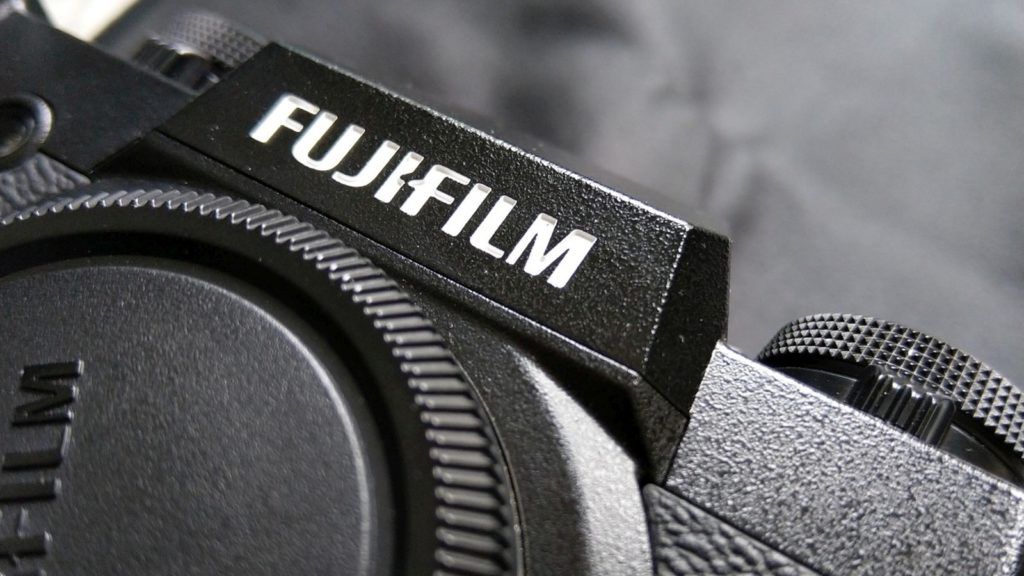MTN South Africa has once again emerged as the country’s top-performing mobile network, securing the highest score in the Q2 2025 MyBroadband Network Quality…
A quick guide to understanding camera jargon

With the mindbogglingly expensive Nikon Z mount cameras launching last month, and the hipster-esque Instax Square SQ6 also hitting South Africa soon, you’ve probably been seeing a lot of camera jargon lately.
If you’re not in the loop it can be a little tricky figuring out what all those terms refer too, and what these cameras can do.
So, here’s a quick crash course to help you understand the basics of complicated camera talk.
Camera types
Digital SLR (or DSLR)
A digital single-lens reflex camera is one that has a mirror which reflects the image onto a viewfinder for you to see what you’re shooting. SLR cameras, as opposed to DSLR cameras, do not have digital sensors.
Mirrorless Camera
A camera that does not have the above mentioned mirror, allowing for devices to be lighter and smaller. The viewfinder of these cameras tend to be electronic, so the images you see are digital and not a reflection.
Interchangeable Lens Camera
An SLR, DSLR or mirrorless camera that can change lenses.
Viewfinder
The little eye-hole of the camera that you look into in order to see a reflection of the images you’re capturing. Some cameras have physical viewfinders, while others have digital and project the image onto a screen.
Modes and lenses
Macro Mode/lens
A camera mode or lens that results in sharp, detailed, close-up images. Macro lenses will have a much shorter focus point than other lenses, which is perfect for shooting flowers and small insects.
AF/MF
Auto focus, or manual focus in lens. This allows photographers to take manual control of the camera’s focal point, or allow the camera to focus on the subject automatically.
Auto
This is when a camera is being used in automatic mode. The camera will decide on the best settings to use for a given scene, and adjust and focus on its own.
Manual
Shooting manual means that the photographer is able to control every setting on the camera, from ISO to shutter speed to focus and exposure.
Settings
Exposure
The amount of light the camera receives when capturing an image. Exposure can be controlled in manual mode by adjusting aperture, shutter speed and ISO.
Aperture
An opening in the lens that changes the amount of light that can enter the camera, thus controlling the exposure.
Shutter speed
How fast the shutter in the camera closes when capturing an image. This also controls the length of time that the sensor of film is exposed to light. A slower shutter speed allows for more light to be exposed, while a faster one allows for less. Faster shutter speeds are preferable when capturing moving objects or bright light, while slower shutter speeds are used to capture light trails and darker scenes.
ISO
Originally referring to types of film, ISO now refers to how sensitive to light the image sensor in your camera is. ISO is now an adjustable setting on digital cameras. More sensitive ISO leads to more light sensitivity and greater exposure to light. This further helps to control exposure.
Metering
A term used when adjusting or balancing the exposure using aperture, shutter speed and ISO.
RAW
RAW is an image format like JPEG. RAW is often preferable in photography because the images are unprocessed and uncompressed, meaning there is a lot more detail and information to work with while editing. RAW files tend to be quite large.
Feature image: Andy Walker/Memeburn


